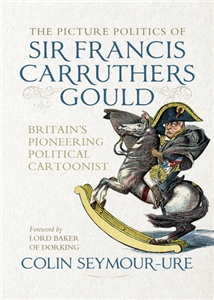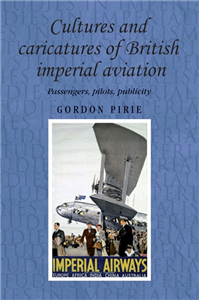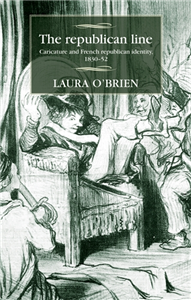Among Fellow Primates
Views of a monkey researcher
by Volker Sommer
Man brings apocalyptic plagues to the world and his fellow primates – from global warming to the destruction of forests. While millions of monkeys and apes lived on Earth only a few decades ago, today many species are strongly endangered. In this book the anthropologist and monkey researcher Volker Sommer calls on us to finally protect the fundamental rights such as the right to life, freedom and physical integrity of the great apes. For all his seriousness, Sommer is also a great storyteller who deals with his own profession with humour, sympathy and in a highly instructive way.






























